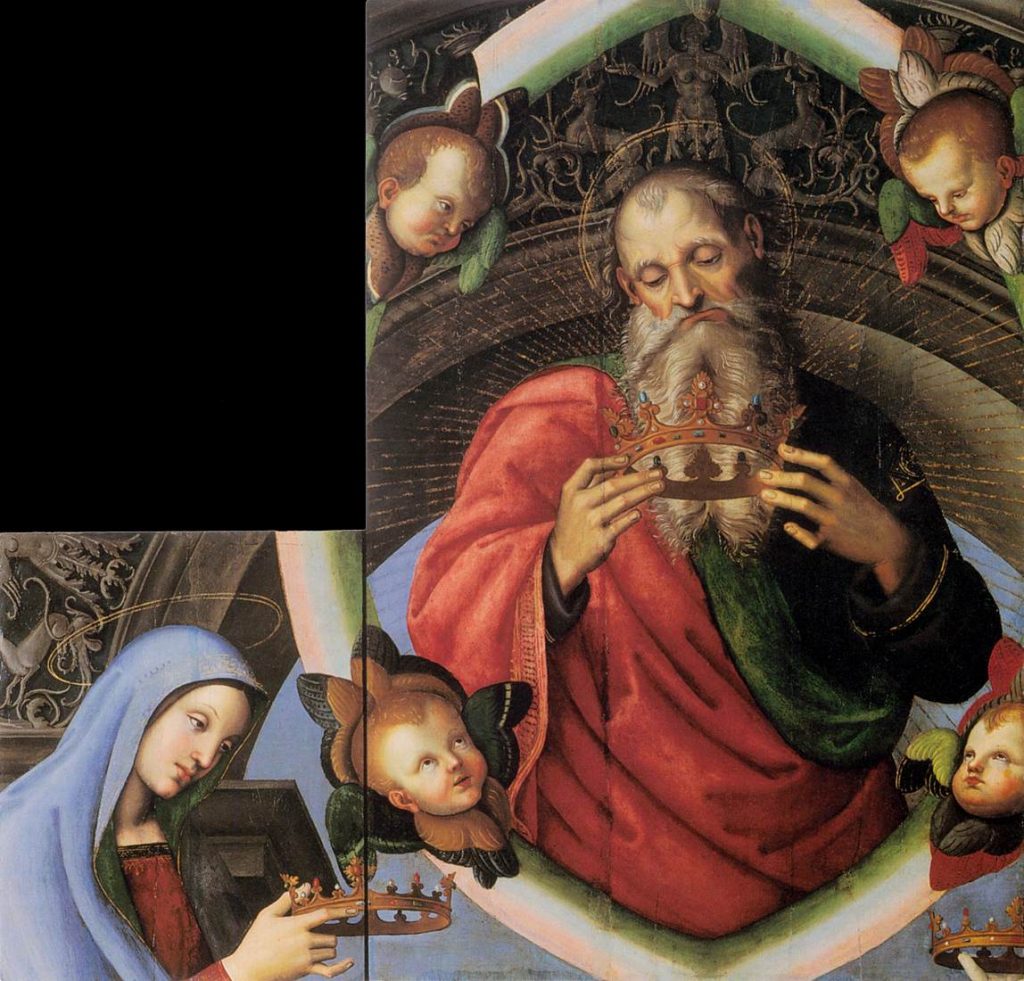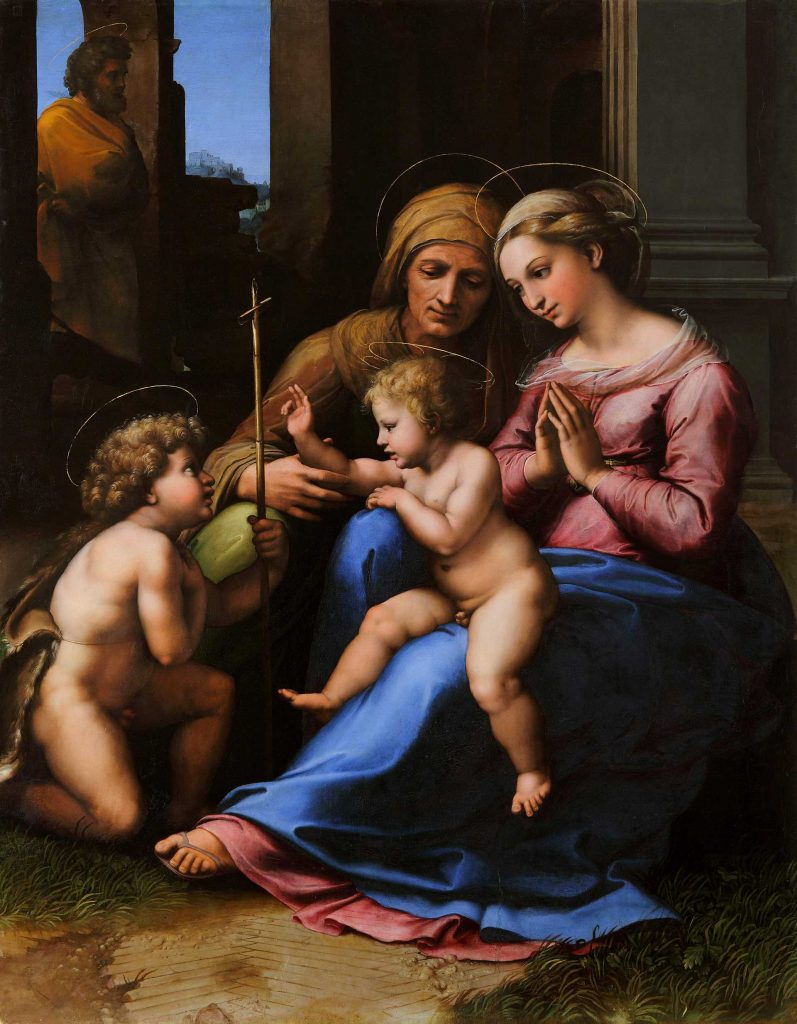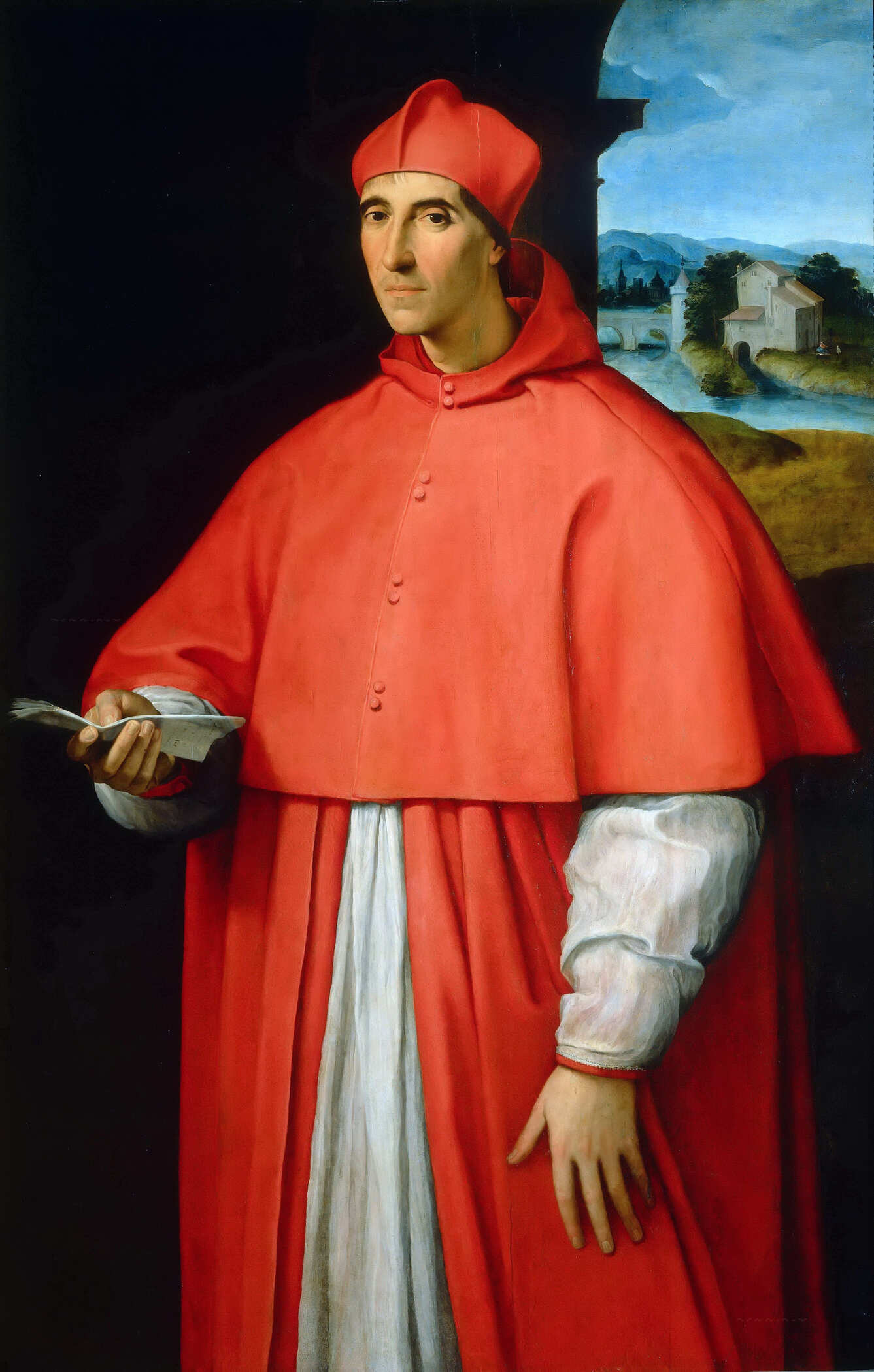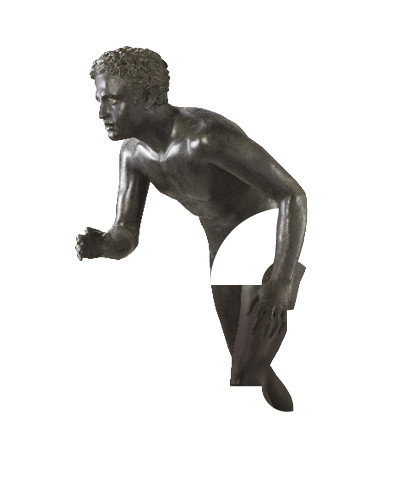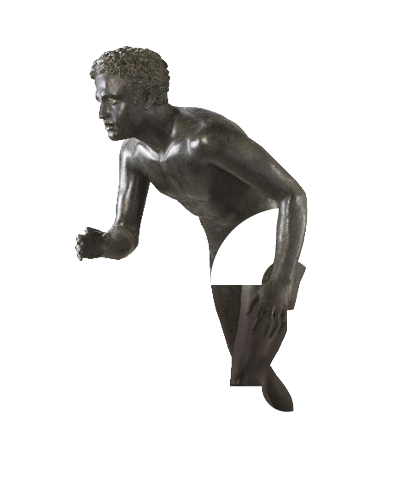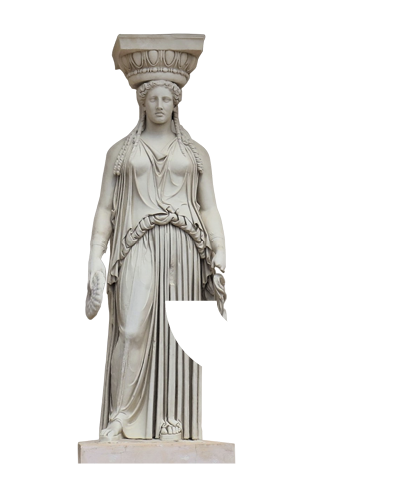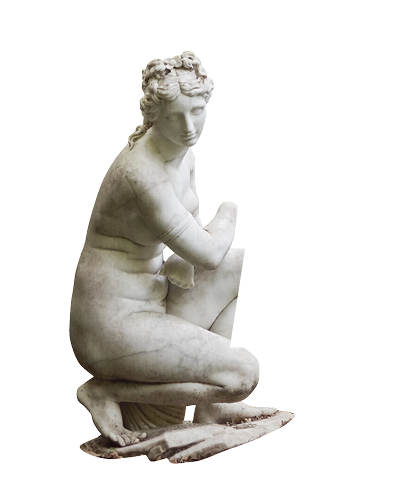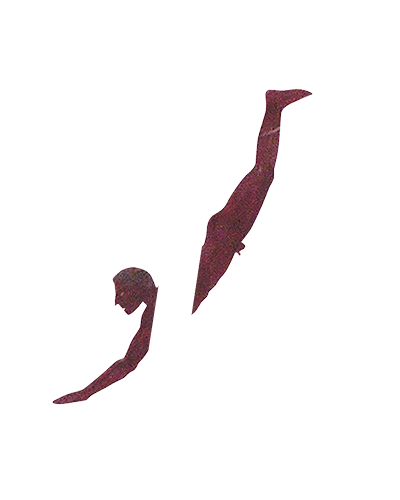Raphael in Naples
Validity
1 gg.
Tipologia
Naples
Avellino
Discover three works at the Museo and The Real Bosco di Capodimonte
This itinerary will take you to the Museo di Capodimonte and the Real Bosco, where three works by Raphael are kept. They come from the prestigious Farnese collection, transferred to the capital of Campania at the behest of Charles of Borbone. The artist was one of the greatest geniuses of the Renaissance, and despite his short life - he died on April 6, 1520, at the age of 37 - his art continues to fascinate the world. Giorgio Vasari described him as an artist endowed with "modesty and goodness," qualities that shine through in his masterpieces.
Who was Raphael?
Raphael Sanzio was born in Urbino in 1483. He received his early training from his father, Giovanni Santi, a painter at the ducal court. In Perugia, he studied with Perugino and adopted his harmonious style. Later, in Florence, he was inspired by the masters Leonardo da Vinci and Michelangelo, perfecting his pictorial language. In 1508, Pope Julius II called him to Rome to fresco the Vatican rooms, where he created masterpieces such as the School of Athens. He was also an architect and supervised the building of St. Peter's Basilica after Bramante's death. His last masterpiece, The Transfiguration, was completed on the day of his death.
Let's discover the works housed in the Museo e Real Bosco di Capodimonte
The Eternal between Cherubs and Madonna Head
These two fragments come from the Baronci Altarpiece, commissioned in 1500 for the Baronci Chapel in Città di Castello. The work was damaged by an earthquake in 1789, and the surviving fragments were divided among various museums around the world, including the Louvre in Paris and the Institute of Arts in Detroit. An interesting detail is that Raphael created this work when he was only 17 years old, already recognized as “magister” in the commission contract.
Madonna del Divino Amore
Painted between 1516 and 1518, this work was purchased in 1564 by Alessandro Farnese the Younger. The present name derives from a lithograph published in 1824. The composition features the Madonna and Child, St. John and St. Elizabeth (or St. Anne), with St. Joseph in the background. Notably, Raphael departed from the classical pyramidal structure, instead introducing a diagonal composition, likely influenced by Leonardo da Vinci's approach.
Portrait of Cardinal Alessandro Farnese
This work depicts Alessandro Farnese, the future Pope Paul III. The young cardinal, dressed in red robes and with an intense gaze, holds a letter in his hands. Painted between 1509 and 1512, the portrait was commissioned by the Medici family to enhance Farnese's prestige. In the past, some scholars have mistakenly identified it with Silvio Passerini.
Visit the Capodimonte Museum with:
Details
Duration: about 2 hours + park visit
Nearby: Catacombs of Naples
